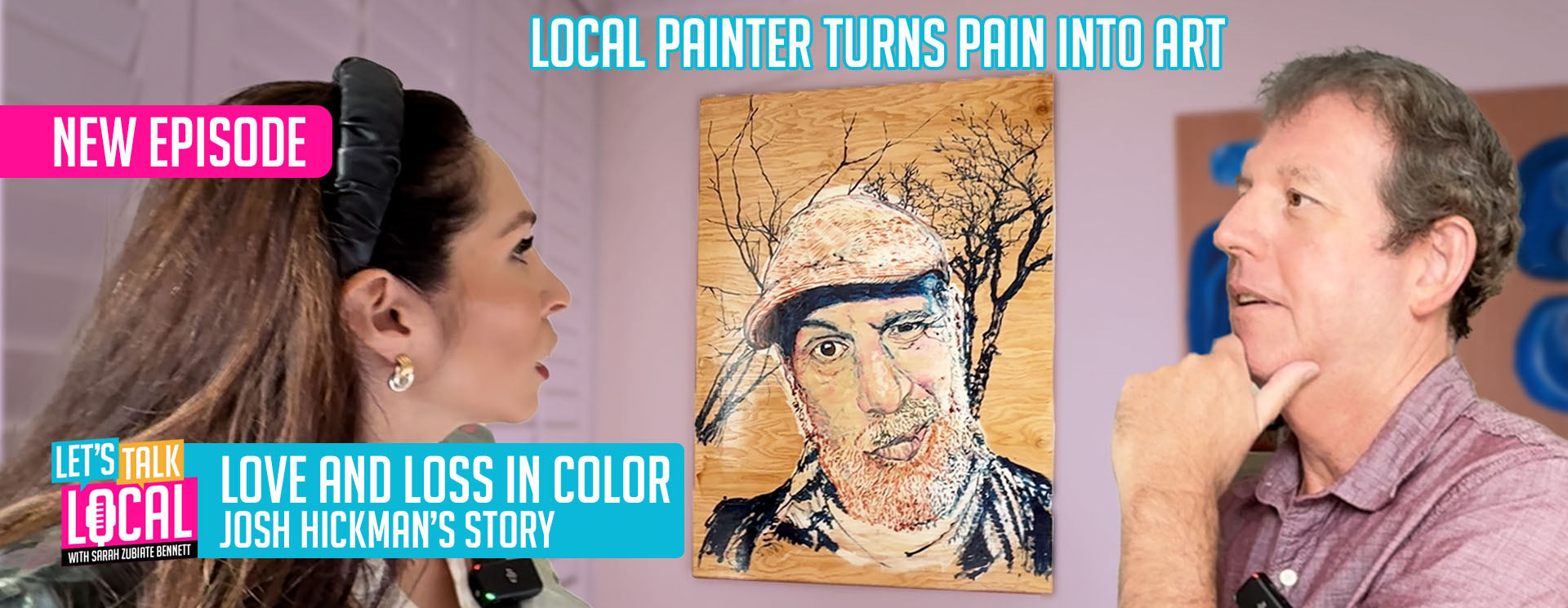Robert “Bobby” Crimo III, 21, has been charged with seven counts of first-degree murder following a mass shooting in which he confessed to firing over 70 rounds into a crowd at a July Fourth Parade in Highland Park, Illinois. More charges are likely to follow, according to Lake County State’s Attorney Eric Rinehart.
Initial images following the attack showed Crimo at the scene, wearing women’s clothing.
Chris Covelli, spokesman for the Lake County Major Crimes Task Force, spoke to this directly at a press conference the day after the shooting, stating, “During the attack, Crimo was dressed in women’s clothing, and investigators do believe he did this to conceal his facial tattoos and his identity and help him during the escape with the other people who were fleeing the chaos.”
Crimo has a long history of self-harm, terroristic threats against family, and glorification of violence. He had reportedly attempted suicide multiple times within the last several years, according to family-friends, and in 2019 threatened to “kill everyone” in his family, which prompted police to seize 16 knives, a dagger, and a sword from Crimo’s parent’s home.
Further, Crimo had an extensive social media footprint in which he posted videos and songs of a violent nature under the pseudonym “Awake the Rapper.” Law enforcement has also asserted that Crimo spent several weeks planning the attack based on a preliminary review of his internet history, which included downloads of numerous depictions of extreme violence.
Illinois is one of 19 states that currently have so-called “red flag” laws, which typically permit police or immediate family to petition a state court to prevent the sale of or order the temporary confiscation of firearms from a person they believe may present a danger to others or themselves.
Despite this fact, and Crimo’s sordid history, he was still able to legally obtain the weapons that he used in the July Fourth parade massacre. Crimo’s case suggests these laws, often lauded by anti-gun activists and organizations as a panacea for gun-related violence, may not be as effective as such advocates claim.
For example, Moms Demand Action, a prominent anti-gun organization, touted the passage of the 2018 Illinois “red flag” law on its website, proclaiming, “Today, Illinois joins the growing list of states with life-saving Red Flag laws. Family members and law enforcement officials are often the first people to know when someone poses a risk to themselves or others, and this law will make it easier to act on these warning signs and prevent tragedies.”
Previous to the July Fourth mass shooting by Crimo, the United States Congress passed the “Safer Communities Act” in the wake of the shooting at Robb Elementary in Uvalde, Texas. This legislation included $750 million in federal funding to support state passage and implementation of similar laws to the one that failed to stop Crimo in Illinois.
Time will tell whether these “red flag” laws will be adopted by more states; however, the case of Robert Crimo and the massacre in Highland Park raise serious questions about their effectiveness in stopping these kinds of mass shootings.
Charles Lehman, who studied the effectiveness of these laws based on available research, concluded that “at the very least, red flag laws might reduce gun suicides, even if they don’t work on homicides.”
“Red flag laws are, in other words, not the solution to gun control’s conundrum that some would have them be. If we want them to really reduce gun violence, we still have to grapple with the hard trade-off between rights and risk — an unavoidable part of this debate,” concluded Lehman.


